
Did you know that your computer’s operating system has a simple-yet-powerful photo manipulation tool called “Paint”? Since its introduction in 1992 as part of the then-new Windows 3.1, Paint has evolved into its modern-day version, allowing you to do quite a few actions that once required you to buy photo manipulating software. This guide will teach you how to make the best of Paint, turning you from a novice to a pro.
Where is Paint?
Windows 7 users – Click on the start button and in the search bar type in paint, then select the Paint icon.
Alternatively, you can click on Start > All Programs > Accessories > Paint.
Windows 8/8.1 – In the main menu, scroll until you see the Paint icon and click on it.
Windows 10 – Type paint in the search box on taskbar, and click Paint in the result.
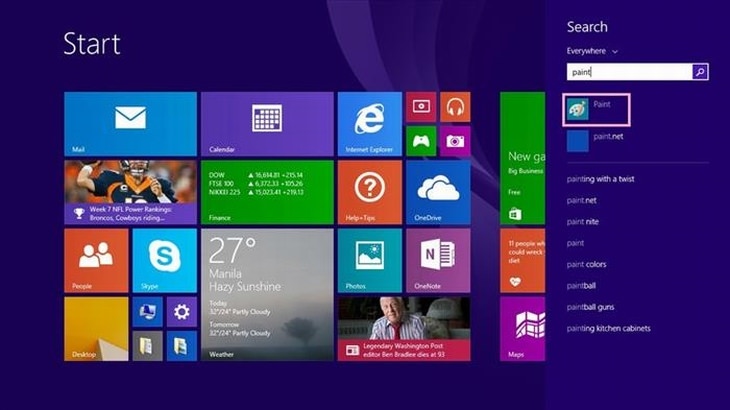
Getting to know Paint
This is the main screen.
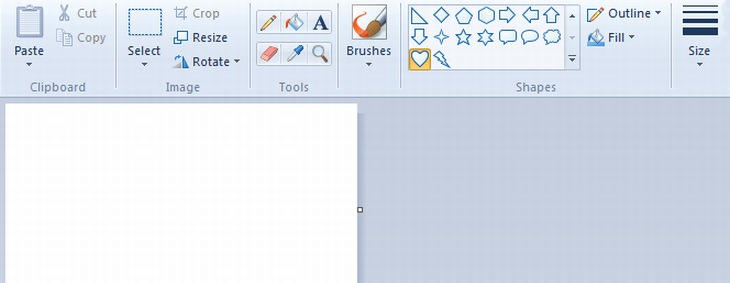
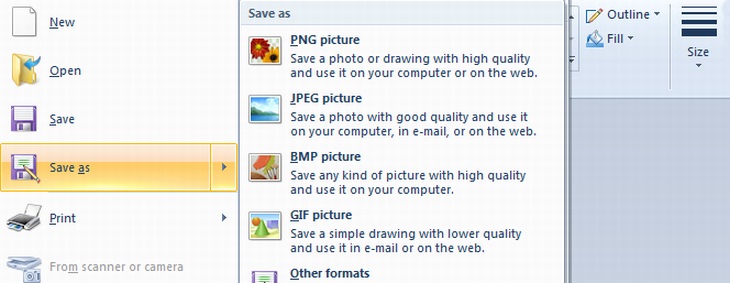

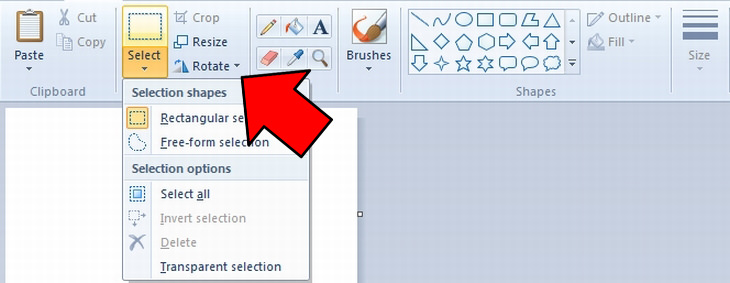
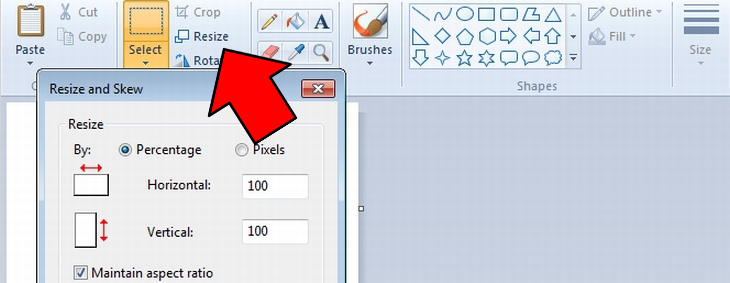
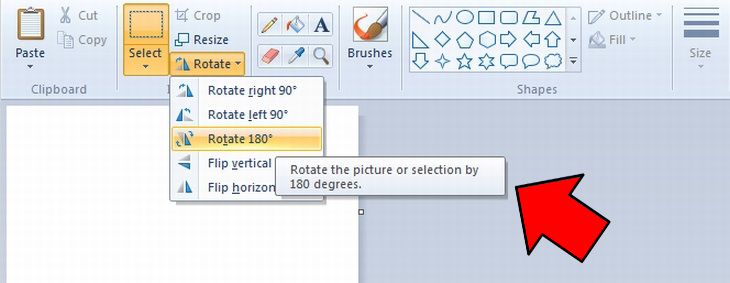
The side buttons to the right of the selection menu are the basic tools, top-down from left to right:
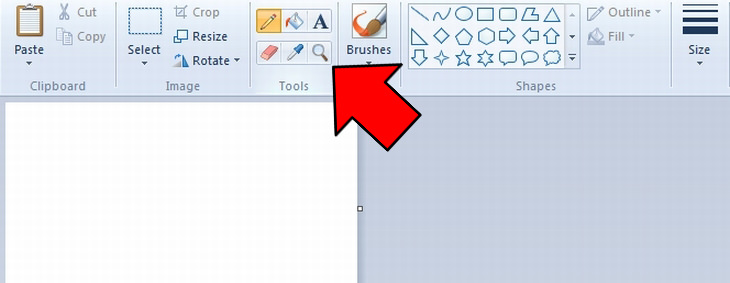
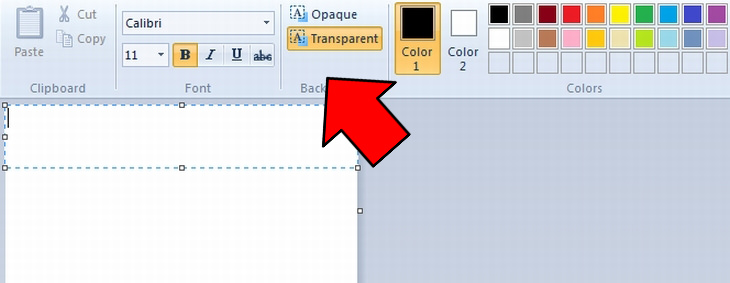

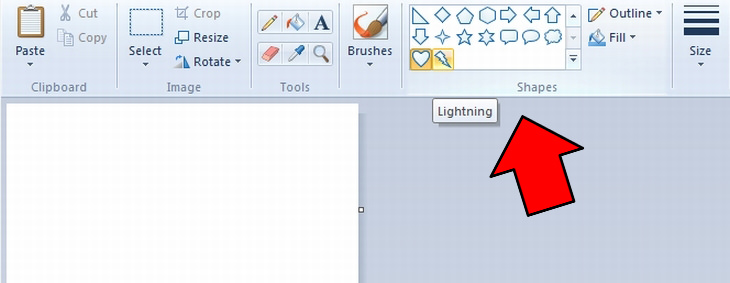
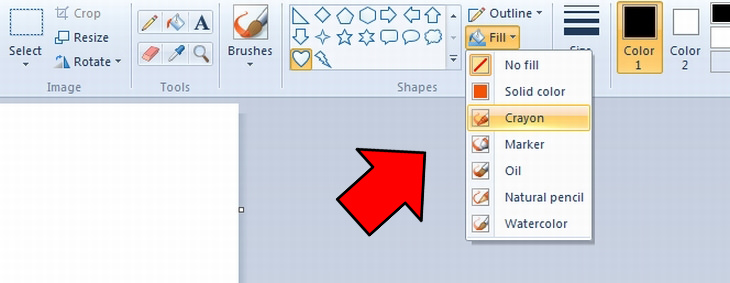
Next is the size menu, which lets you choose the thickness of your brush/pencil stroke.
To the right of the size menu, you have Color1 and Color2. Color1 relates to the outline and the default brush color while Color2 is the fill of a shape, or can be used by holding the right-mouse-button, rather than the left.
You now have the quick color pallet, as well as the extended color pallet, which lets you choose whatever color you want.
If you've performed an action that you’re not happy with, you can undo it by using the keyboard combination Ctrl+Z.
If you’ve mastered the use of paint, you can try a couple of free, more complex photo manipulation and editing programs:
Pixlr – a browser-based photo editing software. It only requires that you have an internet connection and a modern browser (such as Mozilla Firefox or Google Chrome).
Adobe Photoshop Express – Another free alternative that is browser-based. It is similar to the famous Photoshop software, but not as powerful.
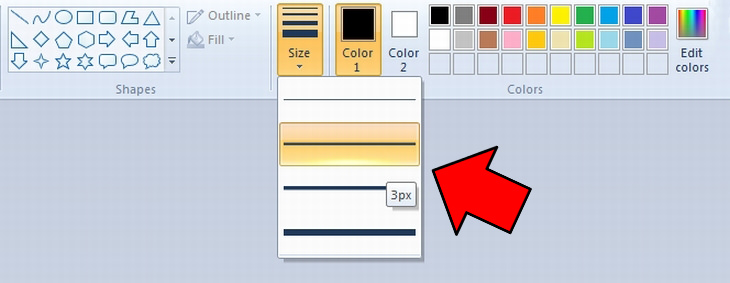
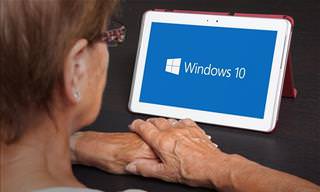
Did You Know You Could Do These Cool Things with Windows?
Windows has many built in tools and accessories with lots of cool and handy functions. Knowing how to use them will save you time and money. So here's how!

These YouTube Shortcuts Will Make Watching Videos Better
If you enjoy watching YouTube videos, check out this guide.

What Do Those 12 'F' Keys on Your Keyboard Do?
Find out what those 12 curious F keys on your keyboard mean.

Google Is Watching You - Here's How to Stop It
Stories about Google watching you aren't really that far removed from the truth as you imagine. Here's how to use Google's My Activity page.

Malware Is Harmful to Your Computer. Here's How to Stop It
Is your computer slow, getting weird messages or even threats? It's likely that you have malware. Don't fret, however - here's all you need to know about it.
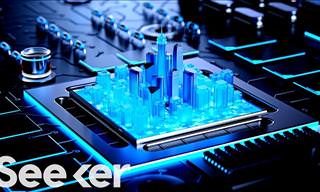 5:55
5:55
What is 5G, and Why Will it Change the World?
5G is just around the corner, what will it mean to the world?

7 Reasons Why Your Computer is Running Abnormally Slow
There are many things that could be slowing your computer down and you'll find 7 of them in this article. Take a look!

12 Amazing Internet Radio Stations to Spice Up Your Day!
Check out these 12 fantastic internet radio stations.

Learn Any New Language with These Awesome Apps!
Learn new languages faster with these AI-powered apps.

Your Easy Guide to OpenAI's Amazing Video and Photo Tools
OpenAI has created tools that anyone can use to make videos and photos, even if you're not a computer expert. Let me walk you through them step by step.

Best ChatGPT Prompts for 2024
Let's explore some great prompts you can start with on your AI adventure, either for fun or for productivity or knowledge.

Not Sure What to Watch Next? Try These 8 Helpful Sites
Not sure what to watch next? Try these helpful sites.
 23:04
23:04
ChatGPT: 30 Tips to Using and Working with the AI
In this video, we’re breaking down 30 practical tips to help you use ChatGPT more effectively

This One Computer Key Is Used for a Myriad of Shortcuts!
The 'Win' key is usally thought to only bring up the start menu. It actually does a whole lot more. Get a load of these dozens of shortcuts!

ChatGPT's Got Competition: 7 Exciting AI Contenders
Looking for a ChatGPT alternative? Here are a few good ones.
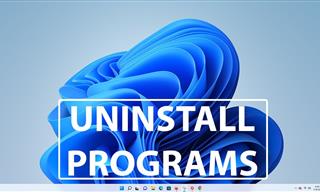 2:27
2:27
Tutorial: How to Uninstall Apps on Your Windows 11 PC
How to uninstall apps on your windows PC.

Exploring the Web Beyond Google: 7 Handy Alternatives
Try some of these non-conventional search engines that you didn't know existed.

The Most Amazing Websites for Learning Languages for Free
Learn any language for free with these amazing websites!

Making These Email Mistakes Comes Off As Rude or Annoying
When sending an email, the last thing you want is to come off as impolite or annoying. Here are 5 common email mistakes to avoid.
 5:23
5:23
Phone Security– The Fastest Way to Secure a Hacked Phone
This guide helps you in checking for hackers on your phone, removing them, and locking down your phone.
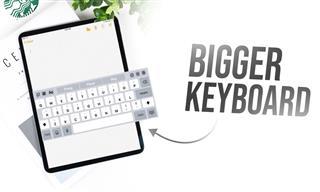 3:35
3:35
Want to Increase Your iPad Keyboard Size? Watch This Guide
Want to increase the size of your iPad? Watch this tutorial now…

The 7 Backup Mistakes That Leave Your Files Vulnerable
Here’s what most people get wrong about backups.
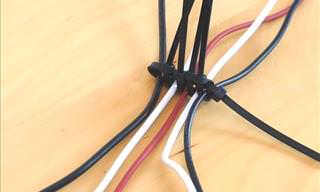
5 DIY Solutions to Better Organize Your Cords and Cables
Computer cables have an annoying tendency to tangle and create an unseemly mess. Here are some easy ways to prevent that.

Firefox Just Got Better: 10 Handy Extensions You’ll Love
With the right add-ons, Firefox can become an indispensable browser that you'll rely on every day.

9 Warning Signs You're Dealing with a Social Media Scam
Don’t fall for these common social media scam ads.

Smishing 101: How to Recognize Scam Text Messages
This is how you recognize and handle fraudulent or scam text messages, also known as smashing.
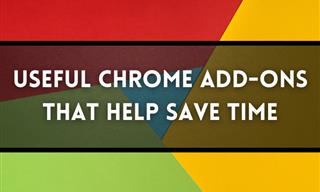
12 USEFUL Chrome Extensions That Save Time
Improve your browsing experience with these free Google Chrome extensions.

Losing Important Emails? Here’s How to Tidy Up Your Gmail
A helpful guide to setting up Gmail filters to prevent emails from getting lost or spam overflowing your inbox.
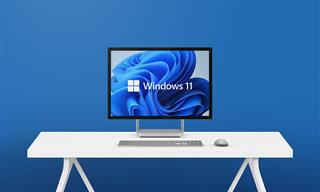
How to Solve Windows 11's Most Annoying Errors
In this article, we’ll explain the frequent problems people run into on Windows 11 and walk through easy, no-fuss fixes.

What Do Those 12 'F' Keys on Your Keyboard Do?
Find out what those 12 curious F keys on your keyboard mean.

9 Lesser Known Free Websites for Learning in 2025
A list of 9 great free learning websites that cover a variety of subjects, from coding and science to business and language learning.
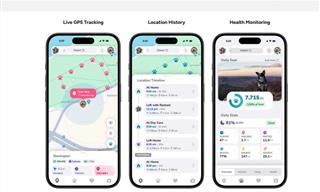
Top 5 Apps for Checking on Your Pet’s Health
These apps were selected based on their functionality, user reviews, and relevance to health monitoring, as highlighted by pet care and technology sources.

I Bet You Didn't Know You Could Do THIS on Google Maps
Here are all of the things you can do on Google Maps that you never knew you could.

Do You Know How to Act in a Medical Emergency?
Don't feel powerless in a medical emergency, learn what actions to take in these 10 serious medical emergencies and how to save lives

We Found These Awesome Sites for Reading Short Stories!
These are the best places to read short stories online.

Replace Your Smartphone if It’s Showing Any of These Signs
Here are 7 major telltale signs that your smartphone is in need of an upgrade.
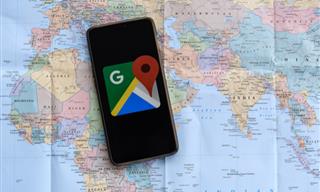
Make Google Maps Better with These Handy Tools
These add-ons make Google Maps so much better!
 8:31
8:31
20 Terrifically Helpful Chrome Keyboard Shortcuts
Welcome to the ultimate guide to mastering 20 essential keyboard shortcuts for the Google Chrome browser!

These Websites ONLY Share Positivity and Good Stories!
Say goodbye to negativity with these positive news platforms.
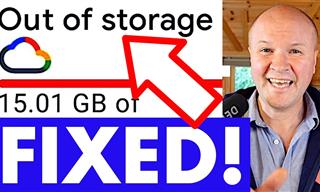 9:43
9:43
Tired of Google Photos Storage Limits? Try These Solutions
Get more space in your Google Photos account with these useful hacks.
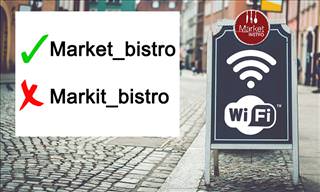
Learn How to Protect Yourself Using a Public Wi-Fi Network
Public Wi-Fi networks are incredibly convenient, but they're not always safe. Here are 10 ways of protecting yourself when using public Wi-Fi.
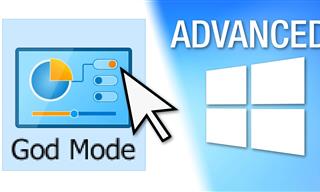 17:20
17:20
Discover a Feature of Windows That's Super Helpful
Learn how to use some advanced new features of Windows 10 that you probably weren't aware of.
 0:48
0:48
WhatsApp Hack: Read Messages Without Showing Blue Ticks
Learn how to read WhatsApp messages without showing blue ticks in this video.

Computer Guide: How to Keep Your Computer Up-to-Date!
Follow this simple guide to update drives and resolve common issues on your Windows computer.

Is DeepSeek Worth the Hype? A Closer Look at Its Features
DeepSeek is the new AI chatbot in town. But is worth the hype?

Watch Classic Cinema for Free with These Sites!
Here's where you can watch hundreds of classic movies online for free.

2025's Online Threats Will Be More Sophisticated Than Ever
A look at the cyber scams that you need to be wary of this year.
To enable your Ad-Free Subscription, please fill the fields below
Your subscription was successful, now you can enjoy an ad-free experience!! Note: To make sure you get no ads, please make sure to log in to your account. If you are logged in already, then refresh the page. The subscription can be cancelled at any time.


